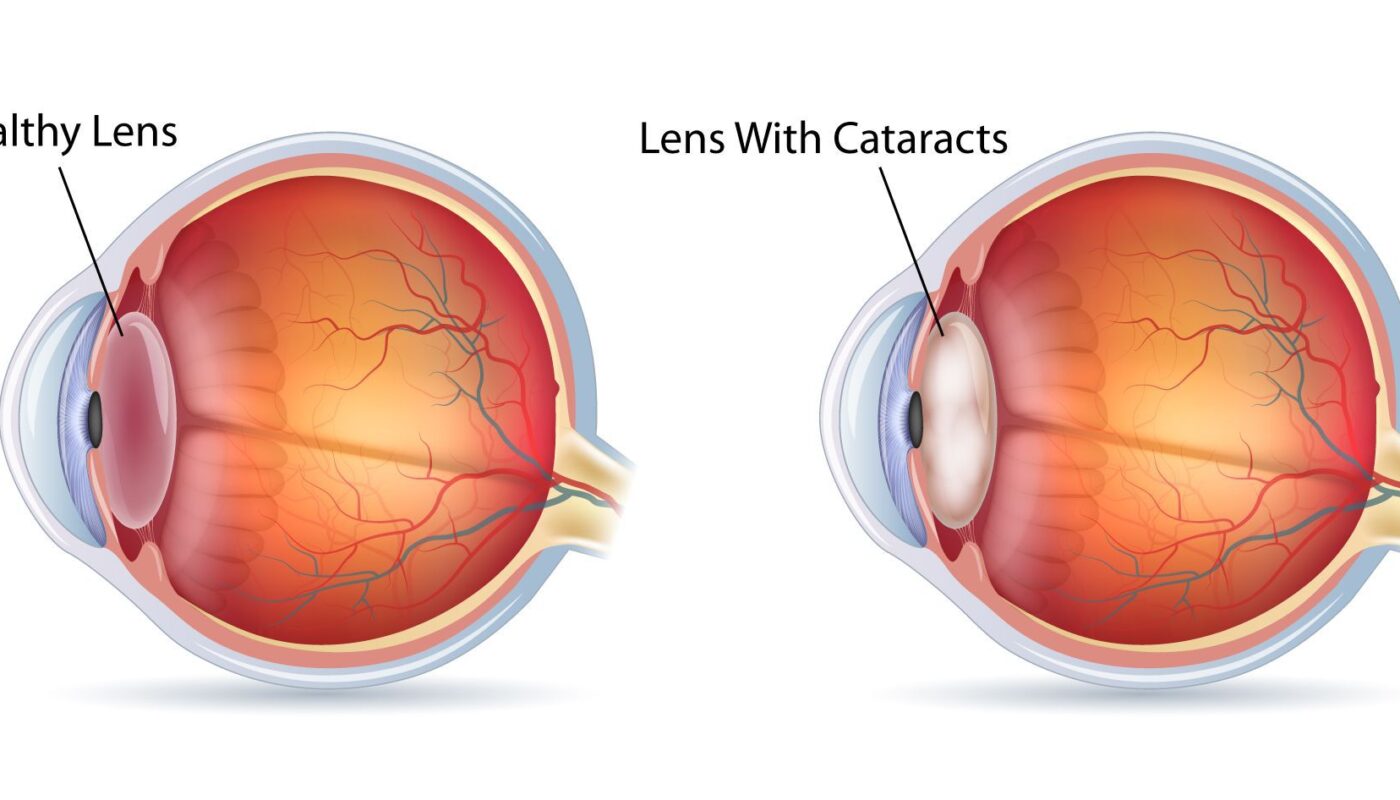What is Diabetic Retinopathy?
Diabetic retinopathy is a medical condition in which damage occurs to the retina due to complications from diabetes. The retina is the light-sensitive lining at the back of the eye. Over time, high blood sugar levels from diabetes can cause the tiny blood vessels in the retina to swell and leak fluid or even grow abnormally. This can damage the light-sensitive cells of the retina and compromise vision. Diabetic retinopathy is a leading cause of blindness among working-age individuals in many countries.
Risk Factors for Developing Diabetic Retinopathy
There are certain risk factors that increase a person’s chances of developing diabetic retinopathy. The longer a person has diabetes, especially if blood sugar levels are poorly controlled over many years, the greater the risk. Other risk factors include:
– Hypertension (high blood pressure): Uncontrolled high blood pressure further strains the eyes’ blood vessels.
– High cholesterol: Elevated cholesterol clogs blood vessels and worsens their fragility.
– Obesity: Excess weight strains the entire circulatory system.
– Pregnancy: Diabetic retinopathy may progress more rapidly in women who develop preeclampsia or gestational hypertension during pregnancy.
– Kidney disease: When the kidneys are damaged by diabetes, they fail to remove waste from blood vessels throughout the body, including the eyes.
Eye Damage Caused by Diabetic Retinopathy
As Diabetic Retinopathy the tiny blood vessels in the retina, it can cause two main types of eye damage associated with vision loss: non-proliferative retinopathy and proliferative retinopathy.
Non-proliferative retinopathy involves swelling and weakening of blood vessels in the retina. Leakage of fluid and fatty deposits (called exudates) can cause blurry, fuzzy vision or dark areas in the field of vision. As blood vessels continue deteriorating, proliferative retinopathy develops. New, fragile blood vessels form as the eyes try compensating for oxygen deprivation. These abnormal vessels are prone to leaking blood and scarring the retina. Severe vision loss or even complete blindness can result.
Symptoms of Diabetic Retinopathy
Early on, diabetic retinopathy often causes no symptoms. However, as the disease progresses, people may experience:
– Blurred vision
– Difficulty seeing at night or in low light
– Vision that comes and goes
– Eye pain or pressure feeling
– Floaters (spots or wisps that seem to drift across the field of vision)
– Flashes of light
– Dark or empty areas in the field of vision
Advanced cases can involve total vision loss if proliferative retinopathy causes extensive hemorrhaging and scarring of the retina. That’s why diabetic eye exams are crucial even before any vision change occurs.
Screening and Treatment for Diabetic Retinopathy
The mainstay to prevent vision loss from diabetic retinopathy is early treatment through screening eye exams and timely intervention. The American Diabetes Association recommends that anyone with type 1 or type 2 diabetes receive a comprehensive eye exam from an ophthalmologist annually soon after diagnosis. Women with preexisting diabetes who plan pregnancy should start yearly exams as well to monitor for possible rapid progression.
During an eye exam, your eye doctor will dilate the pupils so they can examine the entire retina with an ophthalmoscope. They may also take photos to document the exam. For more serious cases, imaging tools like fluorescein angiography use dye and photos to pinpoint areas of leaking blood vessels.
Treatment depends on how advanced the retinopathy is. For early to moderate cases, tight control of blood sugar, blood pressure and cholesterol levels may stop or slow progression. Laser treatments can seal leaking blood vessels and reduce risk of further vision loss. For proliferative cases, injections of intravitreal anti-VEGF drugs can neutralize abnormal blood vessel growth. Severe cases may require vitrectomy surgery to repair detached or bleeding retinas. With timely screening and treatment, severe vision loss from diabetic retinopathy is largely preventable.
Diabetic retinopathy is a serious complication that affects many with diabetes over time. By understanding risk factors and making annual dilated eye exams a priority for early detection and management, those with diabetes can take steps to protect their vision. Working closely with eye doctors and diabetes care teams helps maximize outcomes throughout the course of this chronic disease condition impacting the eyes.
*Note:
1. Source: Coherent Market Insights, Public sources, Desk research
2. We have leveraged AI tools to mine information and compile it



